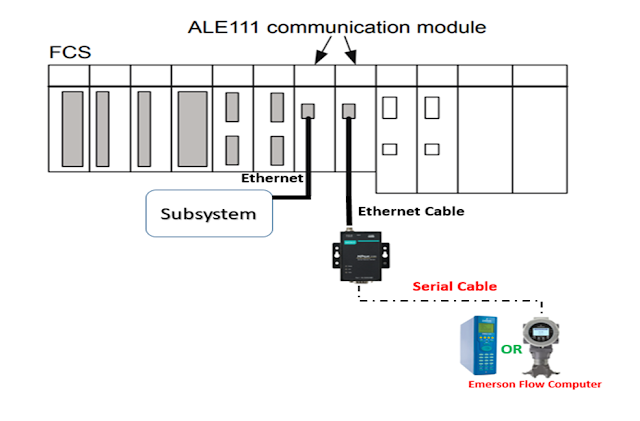BUILDING FIRE ALARM SYSTEM
·
SYSTEM COMPONENT DETAILS
1. Fire Alarm Control Panel (Make/Model: Kentec/Syncro):
Advanced microprocessor-based technology with multi-loop detection options each capable of hosting 126 devices having graphic display/status LEDs for monitoring and configuration. FACP is mounted and located indoor. All detectors are wired to the associated hardware in the FACP.
2. Smoke Detector (Apollo/XP95):
An analog device having microprocessor-based fire alarm instigation upon entrance of smoke in its sensing chamber. Optical smoke detector activates on detection of incipient and smouldering fires in enclosed spaces and buildings such as offices, archives, storerooms etc.
3. Heat Detector (Apollo/XP95):
Temperature measurement through a thermistor and providing output proportional to ambient air temperature to the fire alarm control panel.
4. Manual Call Point (Apollo/XP95):
Analogue addressable with LED mounting “break-glass” type, upon activation the call point interrupts the polling cycle and triggers fire alarm through the fire alarm control panel.
5. Electronic Sounder (Apollo):
Loop-powered ceiling-mounted85dB/100dB sounder integrated with FACP.
6. Loop Explorer Software:
PC based software tool for programming/engineering configuration/event logs.
7. MIMIC Panel:
Centralized panel containing a simplified
layout of the facility buildings and integrated with all FACPs for continuous
monitoring.
·
TEST/VERIFICATION PROCEDURE
PM/Functionality verification of the
system includes:
1. Inspection
of control panel for physical damage to components and electronic cards.
2. Checking
the function of indication lights and buzzer by pressing Lamp Test button.
3. Checking
the tightness of cable termination. Panel cleaning with brush and vacuum
cleaner, if required.
4. Checking
and recording the alarms and events from indication lights and by pressing More
Events Button. Checking the battery voltage and charging current.
5. Rectification
of alarms and pre-alarms as per conditions.
6. Cleaning
of all smoke & heat detectors. Checking the tightness of termination at
base of detectors. Testing through SOLO Aerosal Dispenser and
SOLO Heat Detector Tester.
7. Checking
the functionality of control panel by activating any of the detectors.















1 Comments
SB recommended to apply the following standards:
ReplyDeleteNFPA 61: Standard for the Prevention of Fires and Dust Explosions in Agricultural and Food Processing Facilities.
NFPA 499-Recommended Practice for the Classification of Combustible Dusts and Hazardous (Classified) Locations for Electrical Installations in Chemical Process Areas.
NFPA 654-Standard for the Prevention of Fire and Dust Explosions from the Manufacturing, Processing, and Handling of Combustible Particulate Solids.
NFPA Handbook, Electrical Installations in Hazardous Locations.
NFPA 70, Article 500 - Hazardous (Classified) Locations.